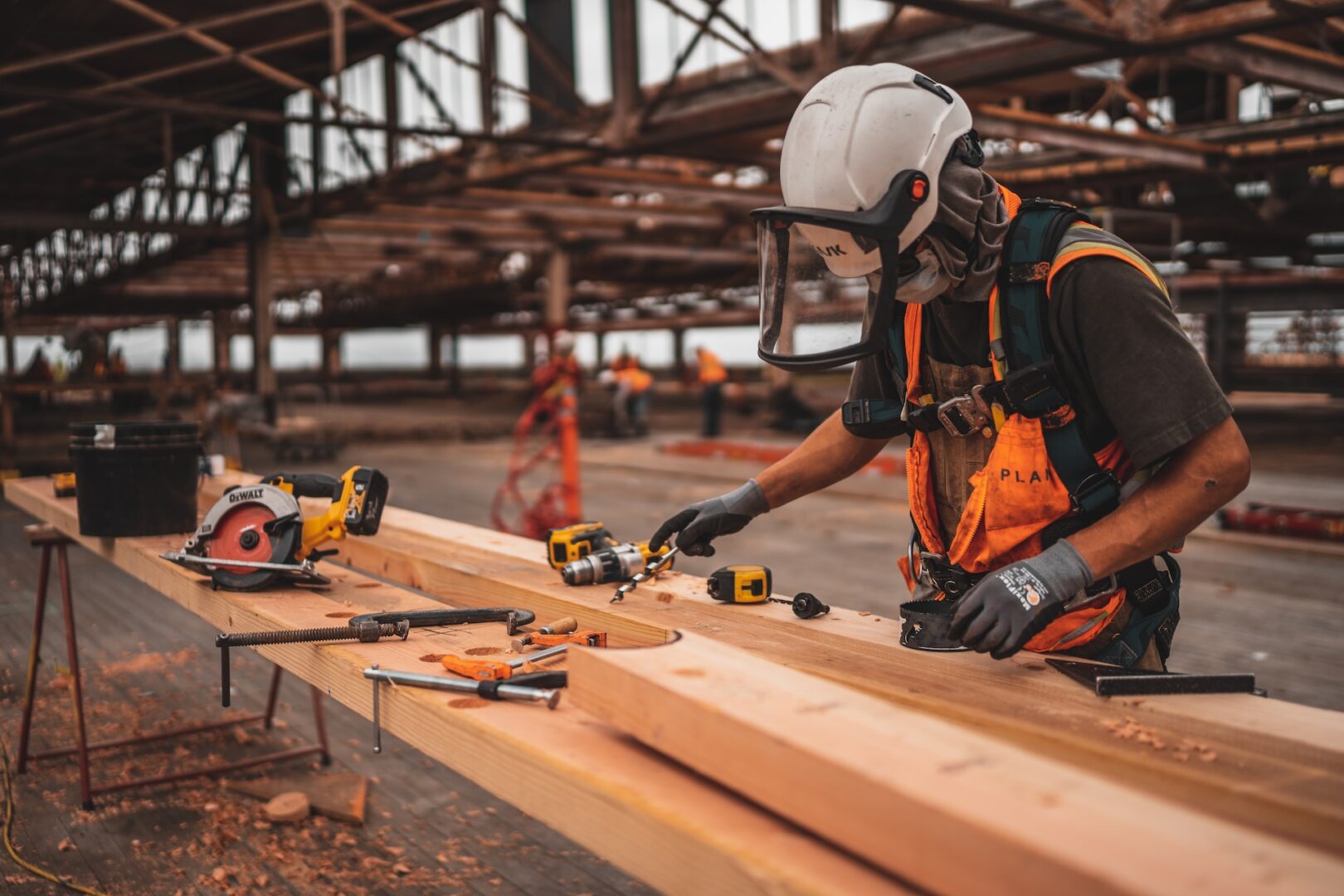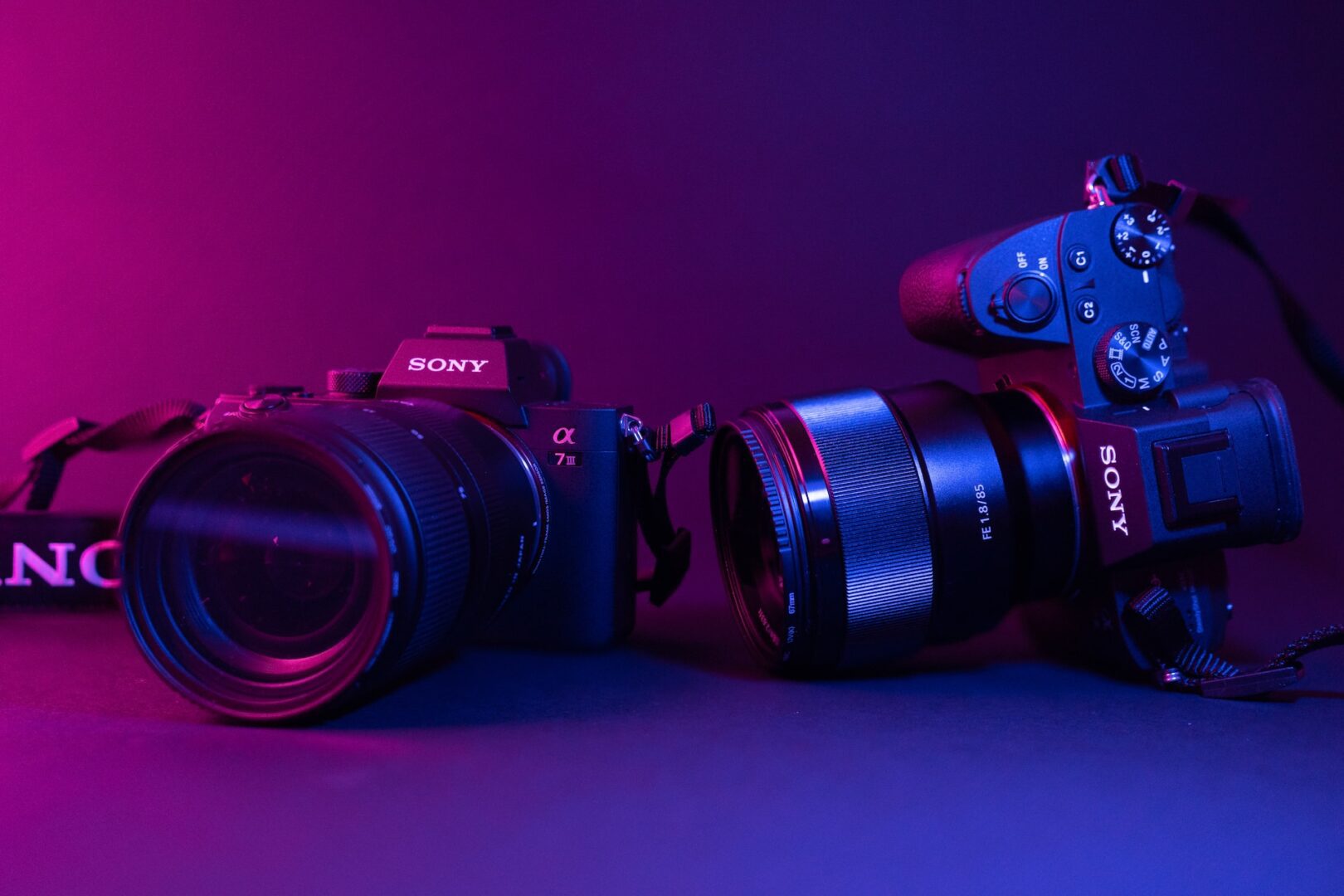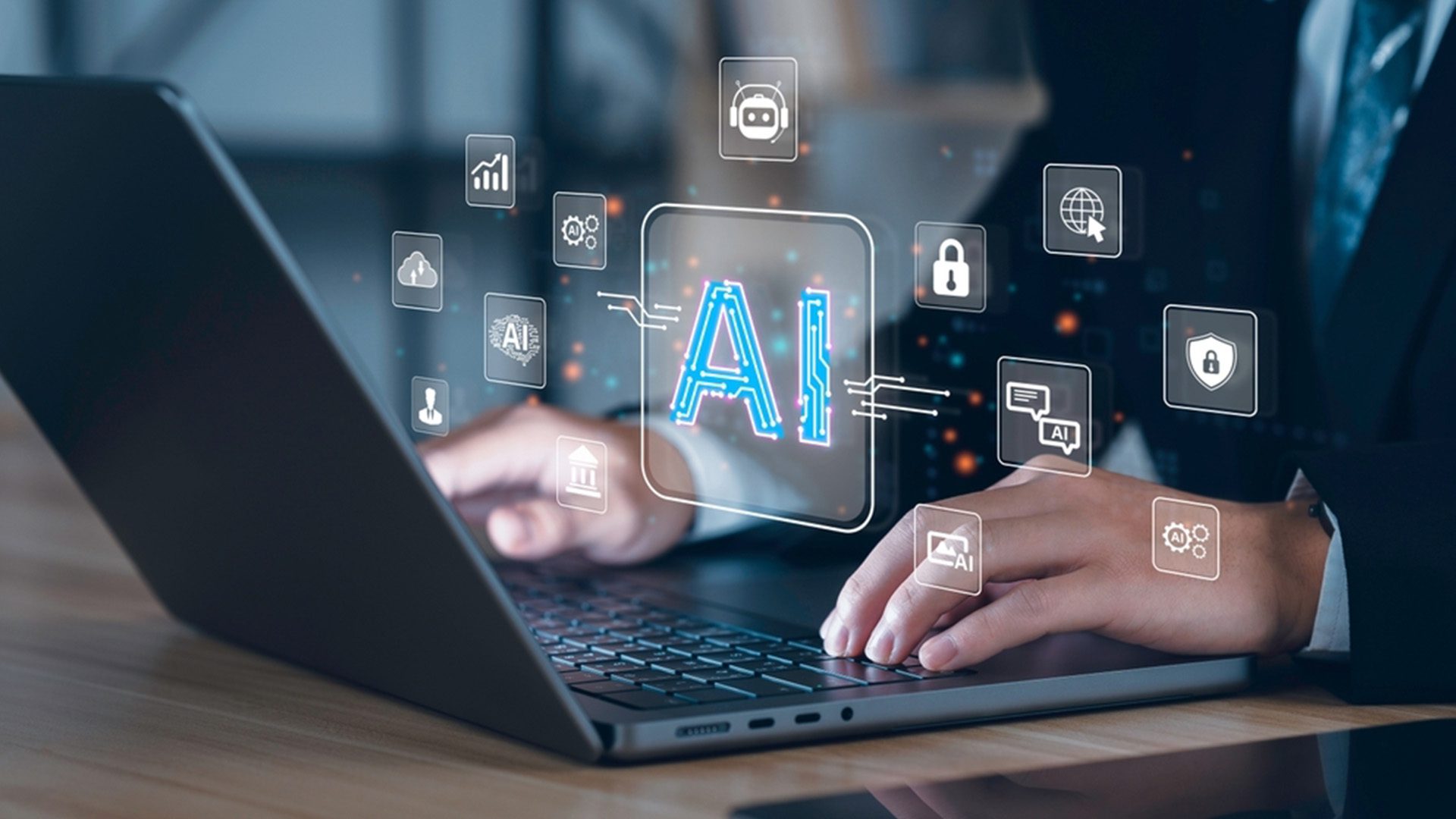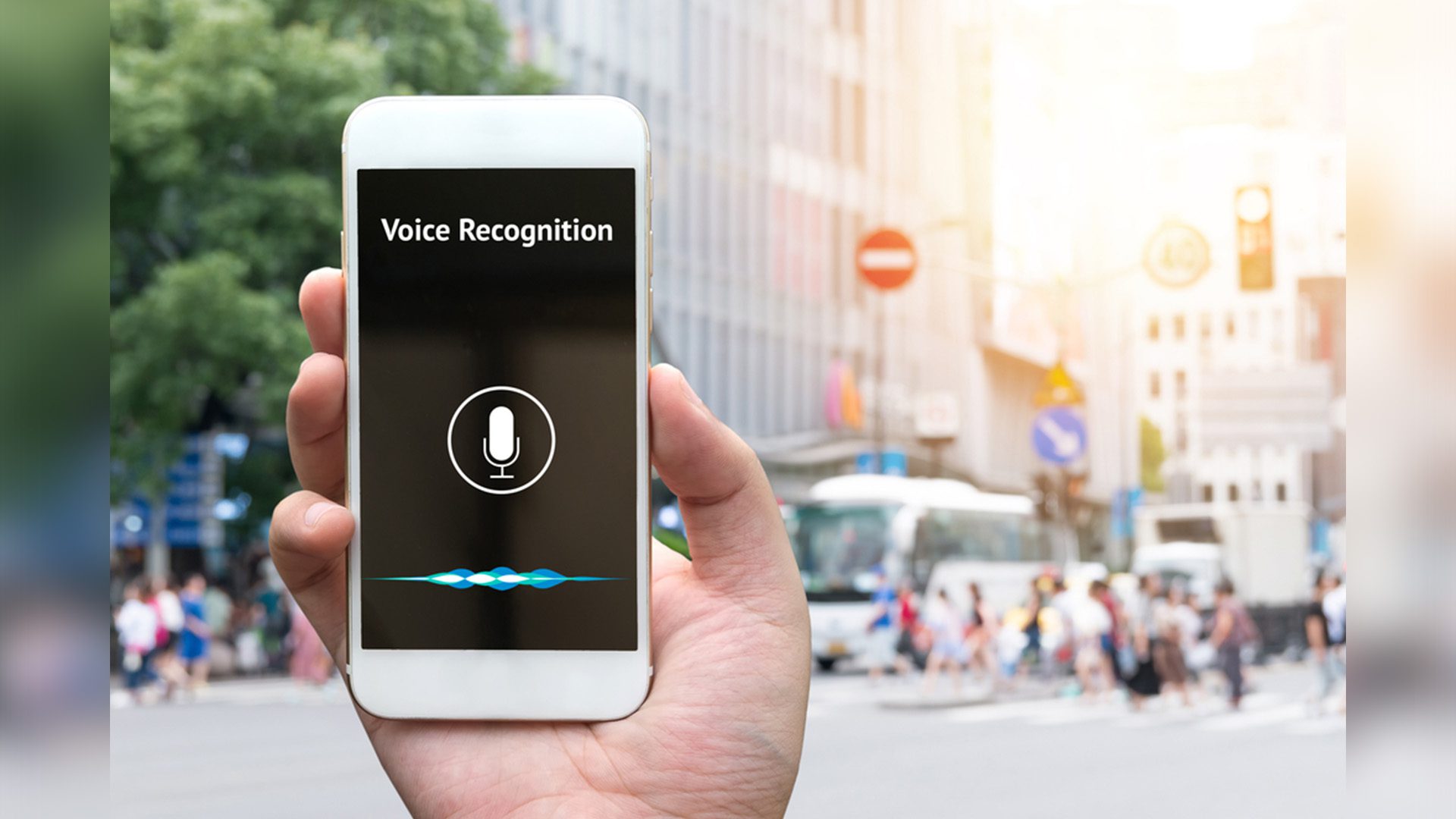We are right on the edge of a major AI revolution as thousands of companies look to invest in both developing and making the best use of the technology. There’s no doubt that it is set to have a massive impact on many areas of the world, however, some areas of business are bracing for bigger impacts than others.
We’re looking at which industries are set to see the least change compared to those expecting major overhauls to their processes, as well as which direction AI looks set to go in next.
The Least Affected
The vast majority of manual trades such as construction and plumbing are going to stay relatively untouched for a long time to come. There are simply too many factors involved that AI and drones aren’t equipped for, including unique aspects of individual jobs. This also applies to any artisanal creations like food or furniture as being traditionally made is part of their appeal.

Then there are those industries where AI simply wouldn’t be allowed to operate in the key functions. For instance, major banking transactions will always need a human element as the risk of leaving them in the hands of fallible software is too high. In other cases, such as online casinos, the opposite is true as it would affect security and integrity. Casino games operate on a random number generator (RNG) system which is designed to be entirely random and unaffected by any outside influence. Any single game featured on any reputable site like those listed on CasinoBonusCA or other review sites has to adhere to these rules, so introducing AI to the mixture is not only unnecessary but usually impossible.
The Medium Impact
Some industries are looking at significant changes by using AI to improve existing systems, rather than completely changing everything. In some cases, AI software is being used by human workers as a resource to improve efficiency on smaller or less critical tasks. It is already seeing some use in the medical field as a form of rough diagnosis based on the symptoms registered, which can then be used by doctors and nurses to filter out options more quickly.
At TomorrowsWorldToday, we reported on how U. S. Steel recently started using generative AI systems to assist engineers in assessing and dealing with faults with all kinds of equipment.
As it stands, this is set to be the most common model applied by most companies, as shifting away from established processes and work models is a massive expense in itself, compared to just using it as another tool.
The Most Affected
The creative sphere is probably bracing itself the hardest for the changes to come. In particular, the writing and design industries are set to see dramatic changes as companies start to experiment with AI-generated content. On the design front, according to ScienceFocus, AI image generation with software like Midjourney has proven to produce incredible results even if they are still a little wobbly on the details now and then. Producing realistic human faces in particular is already proving popular with companies as it looks better than many stock images and comes significantly cheaper than hiring a photographer.

We’re also seeing a lot of AI activity already in the customer service sector. While chatbots have long been a standard for basic customer service, AI-generated chat is now more common and, with the exception of extremely unique cases, could very well replace the majority of call centers used by larger companies. While AI chatbots have some way to go in terms of how natural they sound and the range of issues they are able to cover, the cost of developing a custom AI chat system is quickly becoming lower than training and retaining dozens of chat operators.
The important thing to remember is that most of the above cases haven’t yet come to pass and, given how new AI technology is and how little experience we collectively have with it, there’s no guarantee on how anything will play out. As it is, even the experts have to wait and see a little.





